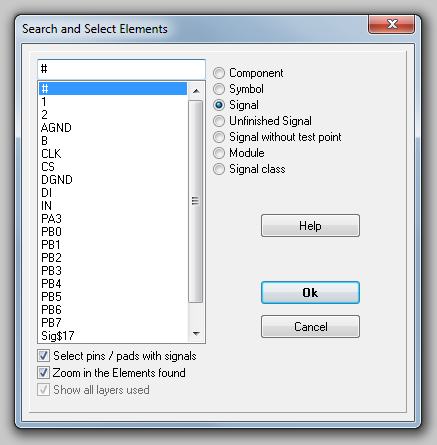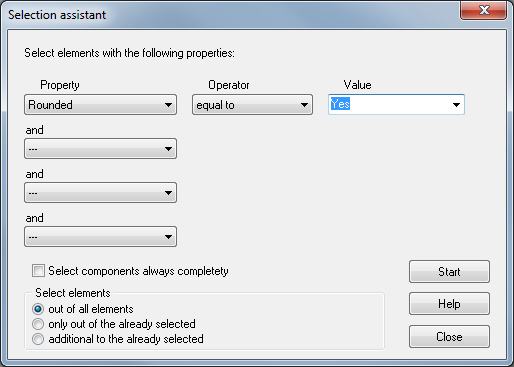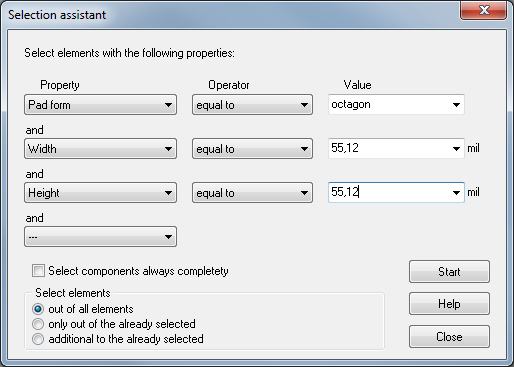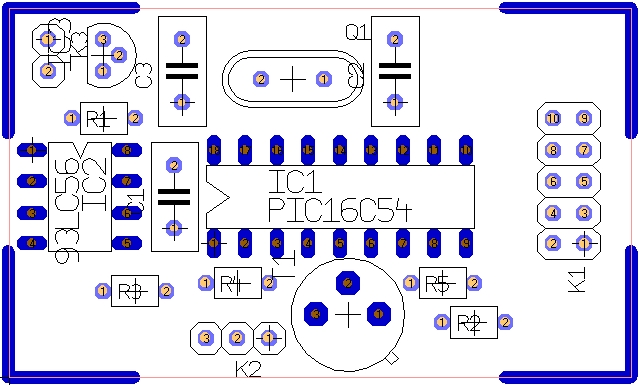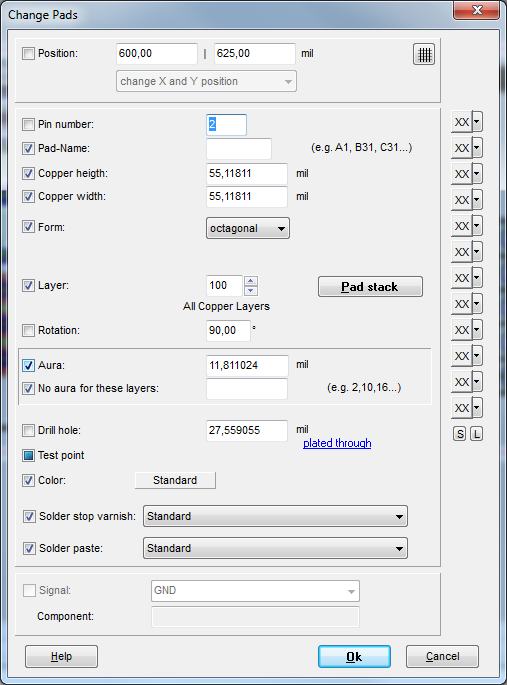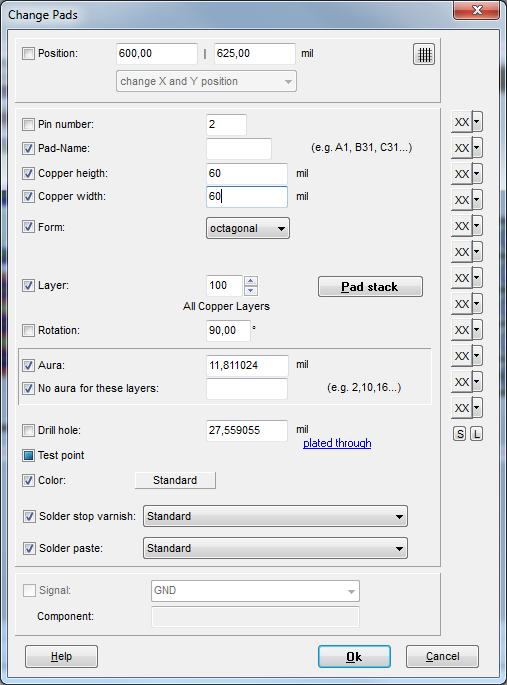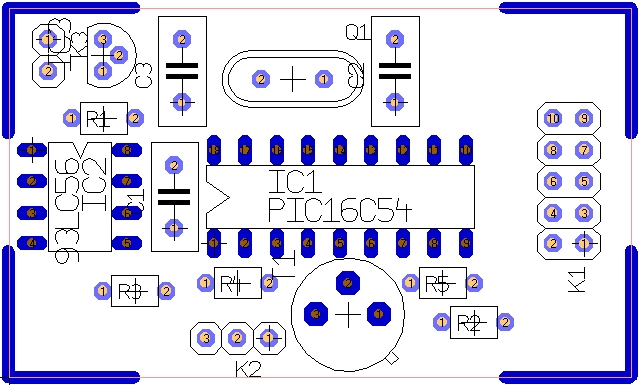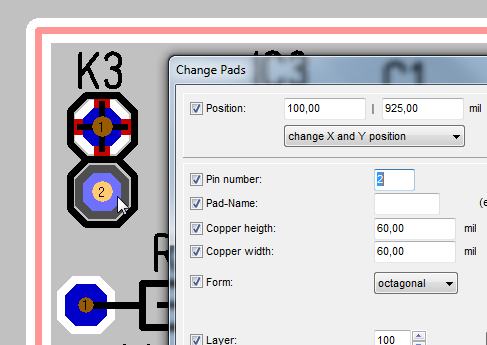Difference between revisions of "Select"
(→Note: Press "s" for select several times then press "e" for edit) |
(→Select only a segment) |
||
| Line 21: | Line 21: | ||
If several elements are placed superposed to each other, e.g. Pad number 1 and the handle cross it is difficult to touch them individually. Now use keyboard key [s]. Place the cursor upon the element you like to highlight and press keyboard key [s] as long as the element you like to highlight flashes. Press [Enter] to highlight it. Now press keyboard key '''[e]''' in order to open the corresponding dialog for edition. Using key '''[-]''' allows stepping back if you had pressed [e] too often. Key '''[+]''' allows stepping ahead.<br><br> | If several elements are placed superposed to each other, e.g. Pad number 1 and the handle cross it is difficult to touch them individually. Now use keyboard key [s]. Place the cursor upon the element you like to highlight and press keyboard key [s] as long as the element you like to highlight flashes. Press [Enter] to highlight it. Now press keyboard key '''[e]''' in order to open the corresponding dialog for edition. Using key '''[-]''' allows stepping back if you had pressed [e] too often. Key '''[+]''' allows stepping ahead.<br><br> | ||
| − | == Select | + | == Select single elements or single segments == |
| − | In order to select only | + | In order to select only one segment of a track or only a single element of a component, click M2 on empty space. A context menu will open. Untick the first option: "'''Always select entire component'''". Within the same context menu please find the entry: "'''Select signal...'''". Here you can determine, whether a '''[[M1]]''' click highlights a segment of the signal, a branch of the signal, the signal island or the complete signal. |
In the sidebar from the first row left select the function for selection of signal segments (button background grey = activated). In order to highlight elements of a drawing separately, the second button in the second row mustn't be highlighted (button background black = deactivated).<br><br> | In the sidebar from the first row left select the function for selection of signal segments (button background grey = activated). In order to highlight elements of a drawing separately, the second button in the second row mustn't be highlighted (button background black = deactivated).<br><br> | ||
Revision as of 09:44, 4 October 2013
Contents
Select elements
You can reach this mode...
by [s] or
by "Select" in menu "Edit" or
by the tool ![]()
Leave this mode...
by [ESC] or M12
You can select elements, signals or components for further actions. They are highlighted optically. If you want to change for instance the width of a signal segment, hover the cursor over it and choose the "select" command. The status bar shows: Choose elements. The advantage of the select command compared to just clicking M1 onto an element is, that you have a tool like a scalpel to exactly select single elements even in regions where there are many elements on top of each other on different layers or if you have a zoom step, with few details.
If you have highlighted an element, you can add another element to your selection by adding the [Shift] key.
If you have chosen a component and want to add another component to your selection, please use the [Ctrl] key.
Note: Press "s" for select several times then press "e" for edit
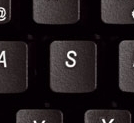 | then | 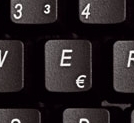 |
If several elements are placed superposed to each other, e.g. Pad number 1 and the handle cross it is difficult to touch them individually. Now use keyboard key [s]. Place the cursor upon the element you like to highlight and press keyboard key [s] as long as the element you like to highlight flashes. Press [Enter] to highlight it. Now press keyboard key [e] in order to open the corresponding dialog for edition. Using key [-] allows stepping back if you had pressed [e] too often. Key [+] allows stepping ahead.
Select single elements or single segments
In order to select only one segment of a track or only a single element of a component, click M2 on empty space. A context menu will open. Untick the first option: "Always select entire component". Within the same context menu please find the entry: "Select signal...". Here you can determine, whether a M1 click highlights a segment of the signal, a branch of the signal, the signal island or the complete signal.
In the sidebar from the first row left select the function for selection of signal segments (button background grey = activated). In order to highlight elements of a drawing separately, the second button in the second row mustn't be highlighted (button background black = deactivated).

(Image: Sidebar setting to highlight only segments)
Find and select
This function is used to locate components and signals in the schematic- and PCB-view. The according elements will be highlighted and the active window will be scaled for best view. Press also key [f] for find. The following dialog appears:
All signals can be listed, which are not completely routed. Selecting the function Zoom found elements in the center places the elements to be searched centered on the screen. The according schematic page will be displayed in schematic mode. Is a signal or component located on several pages, TARGET 3001! will display special note.
Select all
Select is used to mark and highlight all elements.
Deselect all
All elements will be unselected by clicking into empty space or by [Shift]+[Esc] or by menu Edit/Deselect all...
Invert selection
All selected elements will be unselected, all visible but not selected elements will be selected. If you have moved the layout outside the limited area of 1.2m x 1.2m, it is usually not possible to catch the layout completely, because of the limitation of the active mouse area. Please click now M1 on a free spot outside the layout area, to make sure that no element has been selected and use the Invert Selection function. Now everything is highlighted and can be moved.
Selection assistant
Your problem: you have large number of octagonal pads with a diameter of 55.12 mil and another large number of octagonal pads with a diameter of different mil in your layout. Now you wish to widen the 55.12 pads to 60mil. The selection assistant gives you the opportunity to highlight those drillholes among all drillholes which have the property of 55.12mil diameter. Priority is not making the selections visible on screen but generating a "partly selection" and a "partly additive selection" of elements to set properties by using the dialog "Edit the selected elements" by pressing keyboard key [e].
The Selection Assistant is located in menu "Edit":
You can highlight several elements or properties of specific elements selectively to make individual settings. In those pull-down menus operators, properties and values/units project related can be chosen. In the example project pic.t3001we want to highlight all those soldering pads showing a octagonal pad with height and width of 55.12 mil. We intend to change the measurements. First we enter those properties and values of those elements we wish to select:
After pressing button "START" a message appears, showing the number of highlighted elements. Confirming this dialog it remains on screen for to additively select further elements or properties or values without loosing the already done selection. This allows eventually "or"- operations. If you close the selection assistant, the following picture shows:
Now press key [e] for "Edit" and enter to the following dialog:
Change the pad height and width from 55.12mil to 60mil.
The result is immediately to be seen.
Check it by doubleclicking the changed element:


